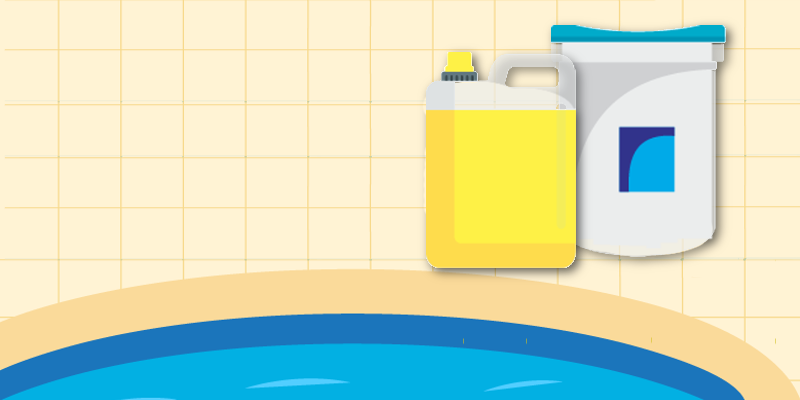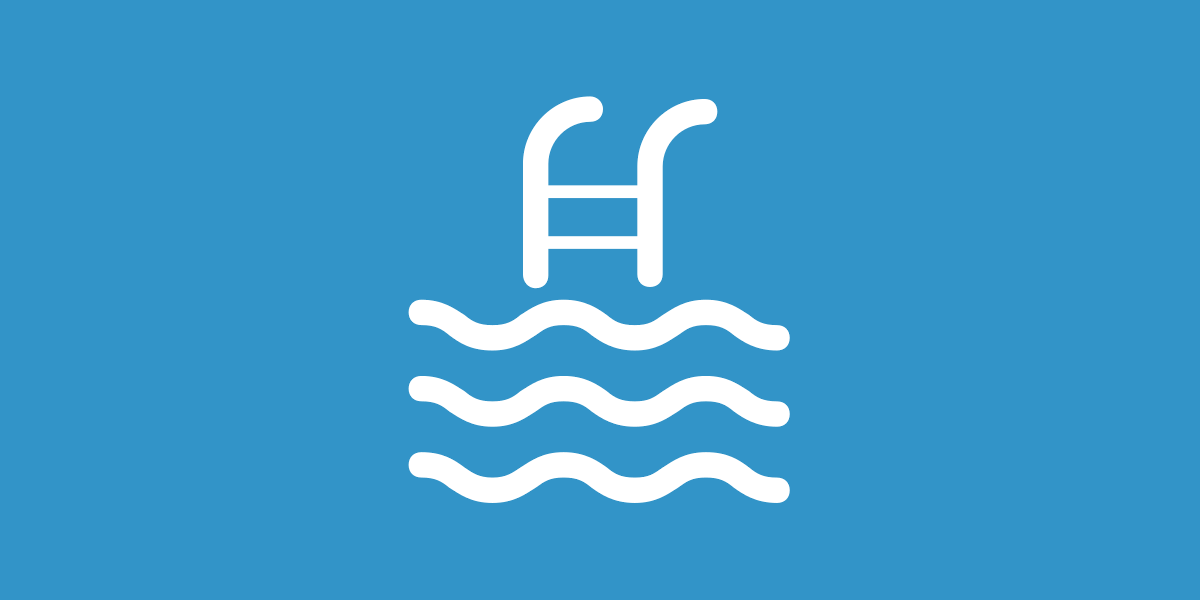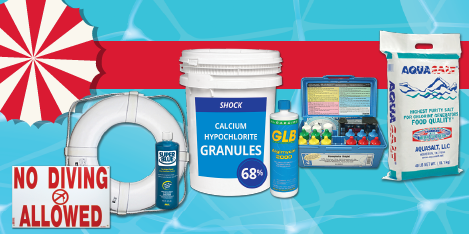Trichlor Alternatives
As we face another pool season with the supply chain challenges affecting pool chemicals, we should revisit the alternative options that you should know if you run out of Trichlor. There are options and we are working hard with our suppliers to maintain inventory levels throughout the coming months.
What Can Be Used Instead of Trichlor?
- Dichlor is an alternative to Trichlor but it is very expensive and is also
affected by the shortage. - Liquid chlorine can be used however the pool will require large amounts of liquid chlorine and constant maintenance. Liquid chlorine takes up a lot of space and becomes less effective the longer it sits—especially in a hot storage area.
- Calcium Hypochlorite or “Cal-Hypo” does not have the stabilizer
component found in Trichlor so it also requires daily maintenance and
monitoring. Cal-Hypo can be found in a concentrated granular form for
manual distribution or a tablet that can be used in a designated Cal-Hypo feeder. This cost-effective, concentrated form makes it easier to store and work with than liquid chlorine. Cal-Hypo is available in a 100lb (68% granular) or 90lb (47% granular) bucket.
For this reason, our Chadwell University Trainers recommend using Cal-Hypo as the primary alternative to Trichlor.

DO NOT put Cal-Hypo in your Trichlor feeder, no matter if it is granular or tablet. It will cause a toxic, dangerous release of chlorine gas, that could result in injury or an explosion.
What Needs to be Done?
As a general rule, do not add anything to your pool without testing the water first to determine what is needed. You can't know what your pool needs if you do not test. Guesswork may just waste supplies.
- Test the water daily (or as often as needed).
- Chlorine
- pH
- Alkalinity
- Calcium (every 2 weeks to monthly)
- Cyanuric Acid (weekly)
- Add sanitizer and other chemicals (as needed).
- If using Cal-Hypo, dissolve it with a small amount of pool water in a bucket. Always add chemicals to water, never water to chemicals! Then pour the solution into the water evenly around the edges of the pool OR manually distribute1 (broadcast spread) granular Cal-Hypo into the water around the sides of the pool and brush it down to the drain.
- If using liquid chlorine, pour it into the water evenly around the edges of the pool.
- Wait for the water to cycle and retest.2

Why the Shortage May be a Good Thing
Believe it or not, the Trichlor you have been using may be creating a problem for your pool. The temporary shortage forcing the use of alternatives to Trichlor may ultimately be a blessing for your property's pool and your bottom line. Learn more about this blessing in disquise.
1 Verify with your local and State Health Department regulations whether anual distribution is allowed and how long after adding Cal-Hypo you must wait to open the pool. 2 Stabilizer does not register for three to five days after it is added to the pool. Retest after a few days. Do not be too quick to add more stabilizer.





